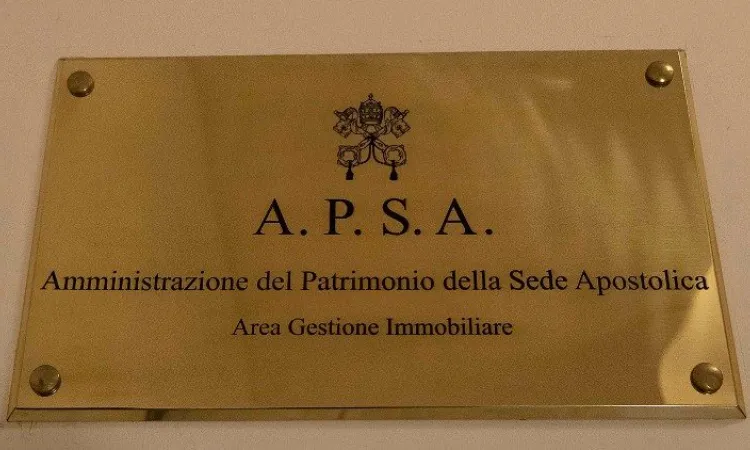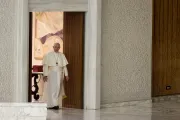Jul 28, 2020
A recent provision by the Secretariat for the Economy made clear that the Administration for the Patrimony of the Apostolic See manages all the Holy See's sovereign financial activity. In short, this means that it is back to old times as far as Vatican finances are concerned. All of the accounts owned by institutional entities will be transferred to the APSA. This way, the Holy See will have a sharp separation between institutional accounts and non-institutional accounts.
Fr. Juan Antonio Guerrero Alves, prefect of the Secretariat for the Economy, signed the letter in question and delivered it to the heads of the Holy See's dicasteries to the superiors of the entities and bodies connected with the Holy See / Vatican City State, and to the president of the Vatican City State administration, on May 8th.
The letter asked department heads to "keep the funds held in the APSA within the APSA, avoiding transfer of them toward other financial institutions," to "transfer to the APSA the cash currently in foreign financial institutions," and to "transfer to the APSA the cash held in accounts to the IOR." (editor's note: the IOR is the Institute for Religious Works, the so-called "Vatican bank).
The letter asked that all "sovereign funds" be moved to the so-called "Vatican central bank". Plans to centralize investments have been underway for a while. When Cardinal George Pell, then prefect of the Secretariat for the Economy, presented a major reform of the Vatican economy, he also launched the project for Vatican Asset Management (VAM), the purpose of which was to centralize investments and generate profits.



